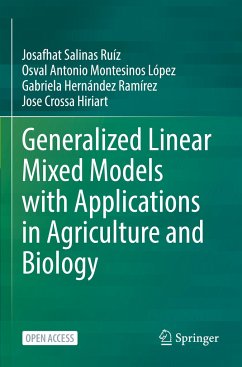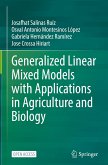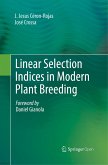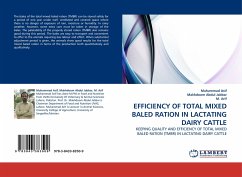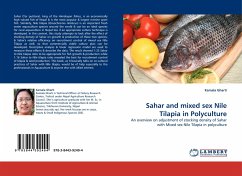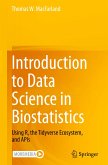This open access book offers an introduction to mixed generalized linear models with applications to the biological sciences, basically approached from an applications perspective, without neglecting the rigor of the theory. For this reason, the theory that supports each of the studied methods is addressed and later - through examples - its application is illustrated. In addition, some of the assumptions and shortcomings of linear statistical models in general are also discussed.
An alternative to analyse non-normal distributed response variables is the use of generalized linear models (GLM) to describe the response data with an exponential family distribution that perfectly fits the real response. Extending this idea to models with random effects allows the use of Generalized Linear Mixed Models (GLMMs). The use of these complex models was not computationally feasible until the recent past, when computational advances and improvements to statistical analysis programs allowed users to easily, quickly, and accurately apply GLMM to data sets. GLMMs have attracted considerable attention in recent years. The word "Generalized" refers to non-normal distributions for the response variable and the word "Mixed" refers to random effects, in addition to the fixed effects typical of analysis of variance (or regression). With the development of modern statistical packages such as Statistical Analysis System (SAS), R, ASReml, among others, a wide variety of statistical analyzes are available to a wider audience. However, to be able to handle and master more sophisticated models requires proper training and great responsibility on the part of the practitioner to understand how these advanced tools work. GMLM is an analysis methodology used in agriculture and biology that can accommodate complex correlation structures and types of response variables.
An alternative to analyse non-normal distributed response variables is the use of generalized linear models (GLM) to describe the response data with an exponential family distribution that perfectly fits the real response. Extending this idea to models with random effects allows the use of Generalized Linear Mixed Models (GLMMs). The use of these complex models was not computationally feasible until the recent past, when computational advances and improvements to statistical analysis programs allowed users to easily, quickly, and accurately apply GLMM to data sets. GLMMs have attracted considerable attention in recent years. The word "Generalized" refers to non-normal distributions for the response variable and the word "Mixed" refers to random effects, in addition to the fixed effects typical of analysis of variance (or regression). With the development of modern statistical packages such as Statistical Analysis System (SAS), R, ASReml, among others, a wide variety of statistical analyzes are available to a wider audience. However, to be able to handle and master more sophisticated models requires proper training and great responsibility on the part of the practitioner to understand how these advanced tools work. GMLM is an analysis methodology used in agriculture and biology that can accommodate complex correlation structures and types of response variables.

